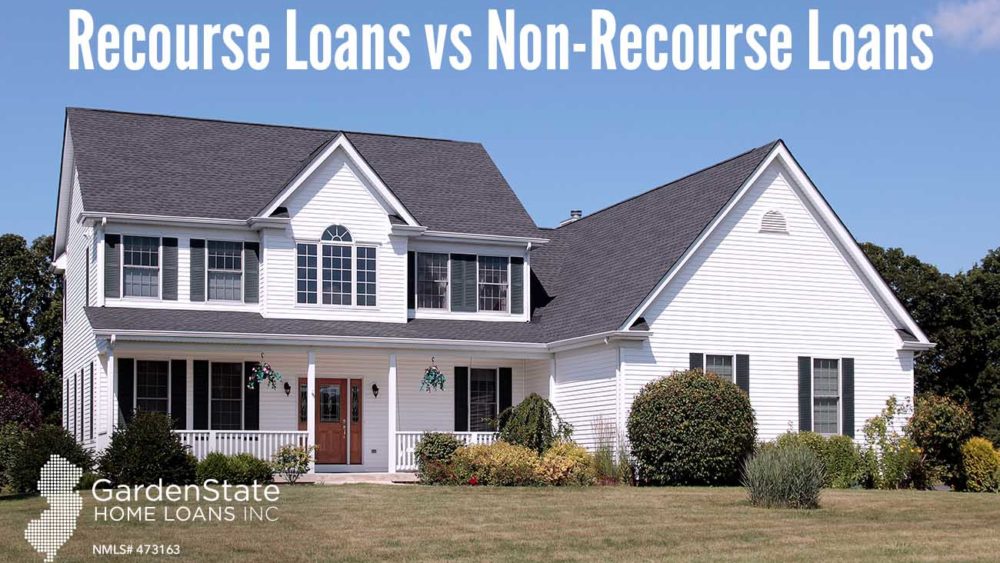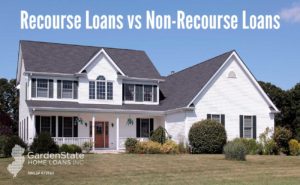When applying for a loan, you might get a little overwhelmed with all the different loan types. Two loan types that are often left unexplained are known as recourse loans and non-recourse loans.
What are recourse & non-recourse loans?
In both recourse and non-recourse loans, the lender is allowed to seize any assets that the borrower used as collateral for the loan. Most of the time, what the loan was used to purchase is used as collateral. For example, if it’s a mortgage loan, then the home would be collateral. The lender could then take the home and sell it to pay off the loan. If it’s a car loan, the car would be collateral, and so on. Recourse and non-recourse loans are similar for the most part, but they differ when selling the collateral doesn’t cover the cost of the rest of the loan.
Non-recourse loans
Non-recourse loans force the lender to absorb the difference after the sale of collateral. This means that if there is still money owed after the lender takes and sells the collateral, the borrower doesn’t need to do anything. The lender must make up the difference.
Recourse loans
Recourse loans allow the lender to go after other assets belonging to the borrower in order to satisfy the remaining debt on a loan. Additionally, the lender can sue the borrower to have their wages garnished. Lenders often prefer recourse loans, whereas borrowers generally opt for non-recourse loans.
Which to choose?
While non-recourse loans seem perfect for all borrowers, there are some stipulations. They come with higher interest rates and are usually reserved for people or businesses with the highest credit scores. If you fail to repay a non-recourse loan then your personal belongings will not only be repossessed, but your credit score will be more negatively impacted than if you fail to pay off a recourse loan.



Comments are closed.